Disclosure: This article contains affiliate links. We may earn a commission from purchases at no extra cost to you, which helps our travel content.
The morning sun filters through the jeepney windows as we navigate Manila's bustling streets, a symphony of horns and voices creating the soundtrack to this vibrant metropolis. Incroyable! While most visitors stick to the Spanish colonial walls of Intramuros, the true heart of Filipino culture pulses far beyond these historic boundaries. After decades of exploring cultural preservation around the globe, I've discovered that Manila offers some of the most authentic immersive experiences in Southeast Asia—if you know where to look. Join me as we venture beyond the guidebook into the soul of this fascinating city.
Artisans of Quiapo: Craft Workshops and Cultural Preservation
Tucked behind Quiapo Church, away from the bustling marketplace, lies a network of workshops where traditional Filipino crafts refuse to fade into history. I spent a memorable afternoon with Mang Nestor, a third-generation parol (star lantern) maker whose fingers danced with bamboo strips and colored paper as naturally as if they were extensions of his thoughts.
The workshop experience begins with a humble cup of salabat (ginger tea) as artisans explain the cultural significance behind each craft. From intricate capiz shell work to indigenous weaving techniques, these workshops offer hands-on experiences that connect visitors to Filipino heritage in ways museums simply cannot.
I was particularly enchanted by the metalwork studio where young apprentices learn to create traditional kampilan sword replicas alongside modern jewelry. The master craftsman insisted I try hammering a piece of silver—my awkward attempts bringing laughter that transcended any language barrier.
Before visiting these workshops, I recommend securing a reliable language translator as many of the elder artisans speak limited English. The nuances of their explanations about cultural symbolism are too precious to lose in translation.
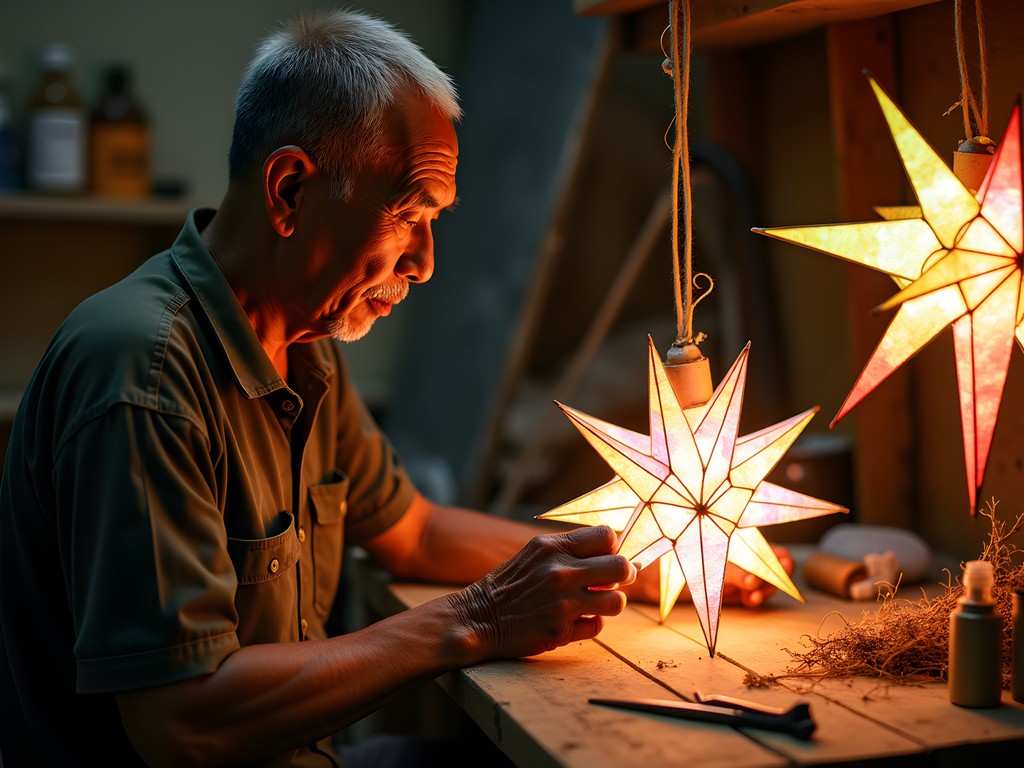
💡 Pro Tips
- Book workshops at least 3 days in advance through the Quiapo Cultural Collective
- Wear comfortable clothes you don't mind getting dirty—craft work is hands-on!
- Bring small denominations of pesos for purchasing materials and supporting artisans directly
The Culinary Tapestry of Binondo
While Manila's Binondo district proudly claims the title of world's oldest Chinatown, the culinary landscape here tells a story far more complex than that singular heritage. This neighborhood represents the beautiful fusion that defines Filipino cuisine—Chinese techniques applied to Spanish ingredients with indigenous Filipino flavors.
Skip the tourist-oriented restaurants with English menus and instead follow the local office workers during lunch hour. They led me to New Po Heng Lumpia House, hidden behind a jewelry store, where I savored fresh lumpia wrapped in delicate crepes and drizzled with sweet-garlic sauce. The family has been making these same rolls for over 30 years, refusing to compromise on quality even as the neighborhood changes around them.
For the truly adventurous palate, the side streets off Ongpin reveal hole-in-the-wall eateries serving regional specialties from across the Philippine archipelago. I discovered a tiny Bicolano restaurant where the laing (taro leaves in coconut milk) carried just the right balance of chili heat to make my eyes water with delight.
Before embarking on this culinary adventure, I recommend bringing a reusable food container for takeaway treats and a water purifier bottle to stay hydrated while exploring—Manila's tropical heat demands constant hydration!
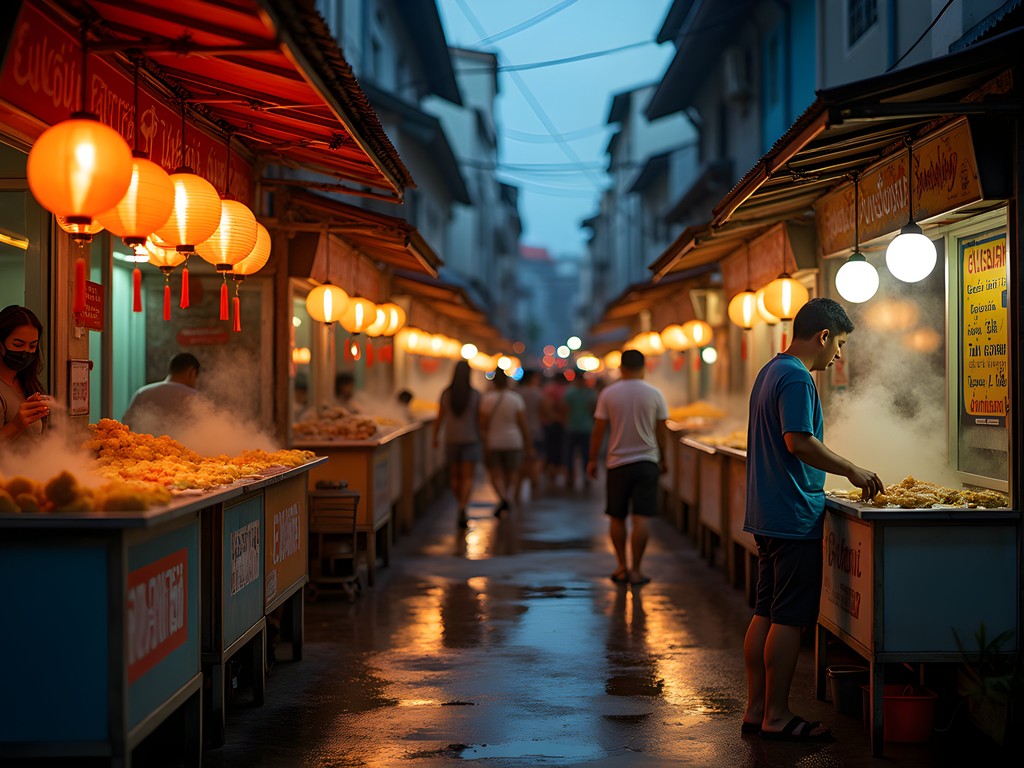
💡 Pro Tips
- Eat where the locals eat—if there's a line of Filipinos waiting, the food is worth it
- Try halo-halo (mixed dessert) at Eng Bee Tin rather than more commercial establishments
- Visit between 2-5pm to avoid the main lunch and dinner rushes
Escolta's Creative Renaissance
When my local friend first suggested visiting Escolta Street, I was skeptical. This once-grand commercial district had fallen into disrepair decades ago, its Art Deco buildings crumbling under tropical humidity and neglect. What I discovered instead was a vibrant creative revolution breathing new life into historic spaces.
The First United Building now houses HUB: Make Lab, a collective of young Filipino designers, artists and entrepreneurs determined to revitalize both the physical space and the cultural significance of the area. On weekend markets, the ground floor transforms into a bustling bazaar where artisans sell everything from upcycled jewelry to small-batch craft beverages.
Comme c'est magnifique! As an educator, I was particularly moved by the intergenerational dialogue happening in these spaces. Young artists seek out elderly residents to document their memories of Escolta's golden age, incorporating these oral histories into contemporary art installations that honor the district's heritage.
I spent hours browsing vintage finds at the Saturday X Future Market before settling into the cozy The Den Coffee for what might be Manila's finest pour-over. The café doubles as a community space where I witnessed an impromptu poetry reading by local university students—their verses weaving Tagalog and English in rhythmic celebration of Filipino identity.
For exploring these revitalized spaces, I found my crossbody anti-theft bag perfect for navigating crowded markets while keeping valuables secure.

💡 Pro Tips
- Visit on Saturdays for the weekend market at First United Building
- Talk to the shop owners—many are the designers/creators themselves with fascinating stories
- Look up! The architectural details above street level reveal Escolta's grand past
Sacred Spaces and Spiritual Traditions
Beyond Manila's Catholic cathedrals lies a rich tapestry of spiritual practices that reveal the archipelago's complex religious heritage. While San Agustin Church in Intramuros deserves its UNESCO recognition, I found more authentic spiritual experiences in less touristed sacred spaces.
In Quiapo, the devotion surrounding the Black Nazarene transcends simple religious observation—it's a living cultural phenomenon where faith, community, and Filipino identity intersect. Visit on a Friday to witness devotees practicing pahalik (kissing or touching the icon) and panata (vows) in moving displays of spiritual devotion.
For a different perspective, I visited a Chinese-Filipino temple in San Juan where Taoist practices blend seamlessly with local traditions. The temple keeper showed me how to properly burn incense and interpret fortune sticks—a practice that arrived with Chinese immigrants centuries ago but has evolved into something uniquely Filipino.
One of my most memorable experiences was joining a dawn Simbang Gabi pre-Christmas mass where the church plaza transformed into a market selling traditional holiday foods. The sensory experience of incense, candles, and bibingka rice cakes cooking in clay pots created a moment of cultural immersion I'll never forget.
For these early morning spiritual experiences, I was grateful for my insulated travel mug to keep my coffee hot during pre-dawn adventures. When visiting sacred sites, I also recommend bringing a lightweight scarf that doubles as a head covering for women entering traditional spaces.
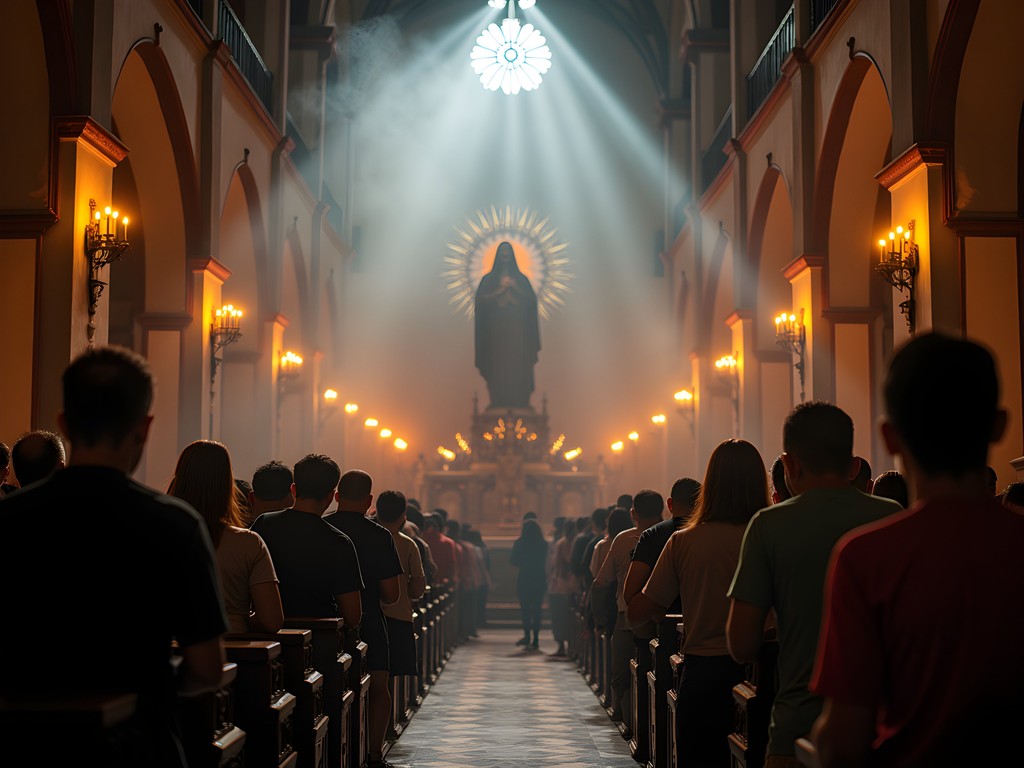
💡 Pro Tips
- Remove shoes when entering temples and dress modestly for all religious sites
- Ask permission before photographing religious ceremonies or devotees
- Participate respectfully—many Filipinos appreciate visitors showing interest in their traditions
Community Connections: Urban Barangay Experiences
Perhaps the most meaningful experiences I had in Manila came through the Barangay Immersion Program—a community initiative that connects travelers with local families in urban neighborhoods rarely visited by tourists. Unlike commercialized homestays, this program focuses on cultural exchange rather than accommodation, pairing visitors with families for day-long immersive experiences.
Through this program, I spent a delightful Sunday with the Reyes family in Marikina, joining their weekly tradition of multi-generational cooking. Three generations gathered to prepare traditional Filipino dishes, with grandmother directing operations as younger family members alternated between following her precise instructions and playfully modernizing recipes.
While preparing kare-kare (oxtail stew with peanut sauce), I learned more about Filipino family structures, education values, and the challenges of preserving traditions in rapidly urbanizing environments than any guidebook could possibly contain. When I shared stories about my own classroom experiences with international pen pals, the children were fascinated, immediately wanting to establish connections with schools in Canada.
For documenting these intimate cultural exchanges, my instant camera proved invaluable—I could immediately share physical photographs with my host family, creating meaningful souvenirs for both of us. The children were particularly delighted to pose with their cooking creations and see the images develop before their eyes.
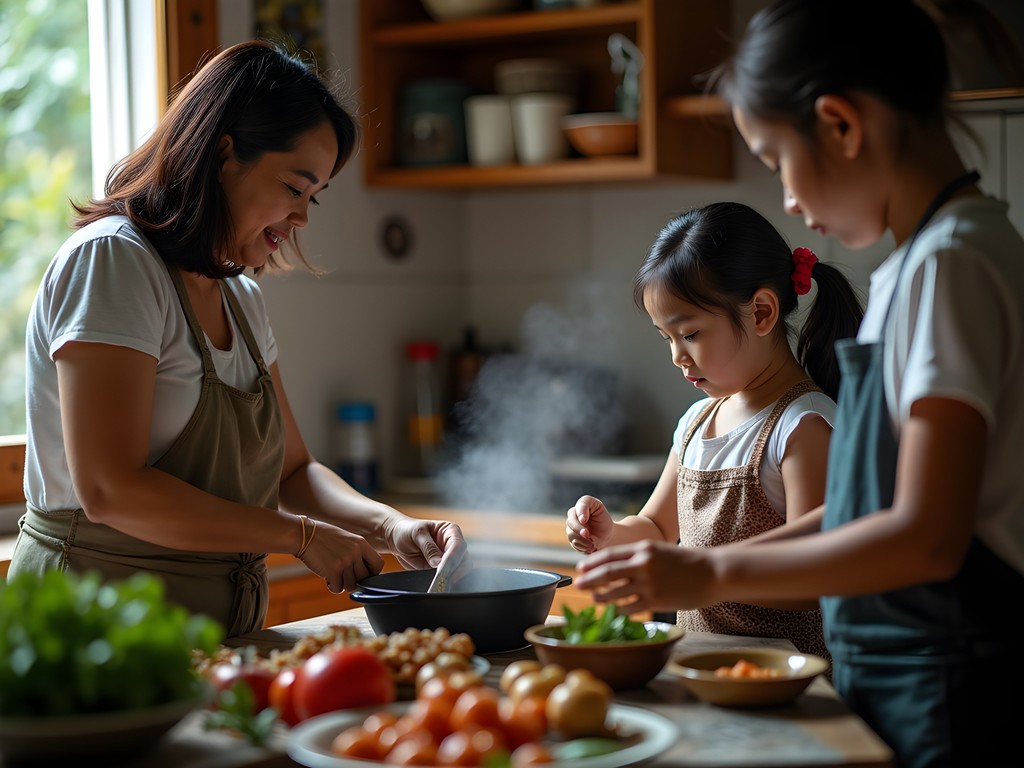
💡 Pro Tips
- Bring a small gift from your home country for your host family
- Learn basic Tagalog phrases beforehand—even simple greetings are deeply appreciated
- Be prepared to answer questions about your own culture—cultural exchange goes both ways
Final Thoughts
As my week in Manila drew to a close, I found myself sitting in a small café in Poblacion, watching the interplay of centuries collide on a single street—Spanish colonial architecture housing Korean restaurants, young Filipinos in traditional barong tagalog shirts checking smartphones, and street vendors selling indigenous delicacies from digital payment-enabled carts. Manila defies simple categorization because it exists in multiple centuries simultaneously, a living testament to cultural resilience and adaptation.
The true magic of this metropolis reveals itself not in its monuments but in these moments of connection—with artisans preserving ancestral crafts, with families maintaining culinary traditions, with young creatives reimagining their heritage for contemporary contexts. To experience Manila authentically is to participate in this ongoing conversation between past and present.
So venture beyond Intramuros. Seek the workshops where skilled hands keep traditions alive. Share meals where recipes tell migration stories. Enter sacred spaces where faith transcends colonial history. And most importantly, connect with the people who make this complex, challenging, beautiful city pulse with undeniable life. C'est dans ces rencontres que Manila révèle sa vraie âme—it's in these encounters that Manila reveals its true soul.
✨ Key Takeaways
- Manila's authentic cultural experiences often exist outside the main tourist zones
- Participating in workshops and community programs offers deeper connections than passive sightseeing
- The fusion of traditions in Manila reflects the archipelago's complex colonial and indigenous heritage
- Supporting local artisans and community initiatives helps preserve cultural practices for future generations
- The most meaningful travel experiences come through genuine human connections
📋 Practical Information
Best Time to Visit
November to February (dry season with comfortable temperatures)
Budget Estimate
$75-125 USD per day (mid-range)
Recommended Duration
5-7 days
Difficulty Level
Moderate
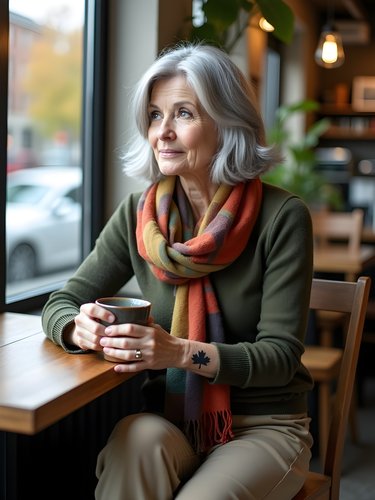
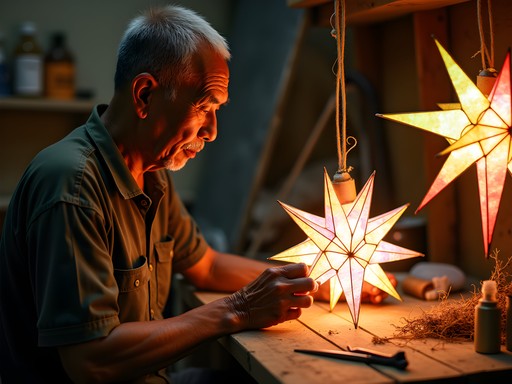
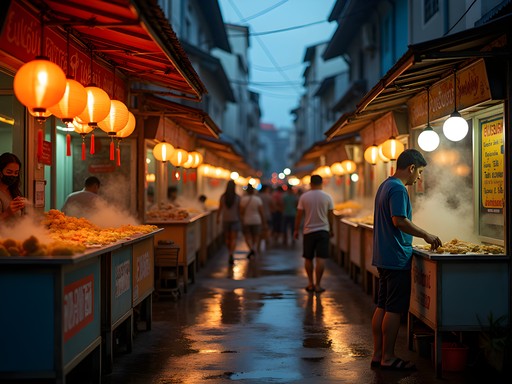
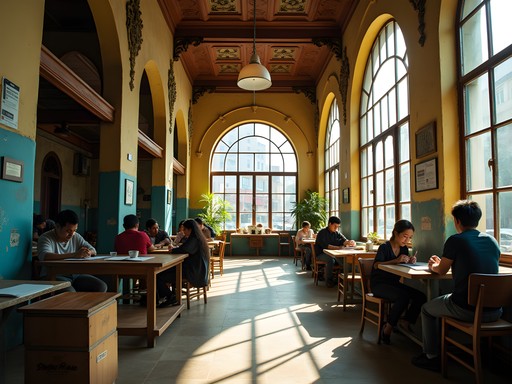
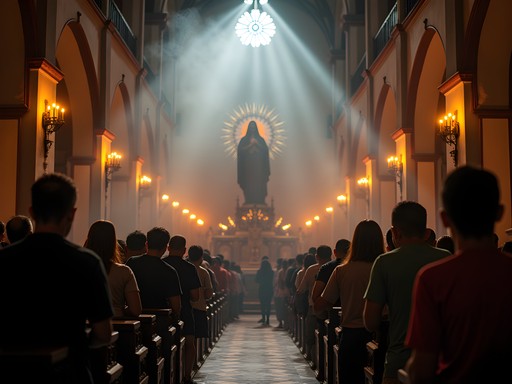



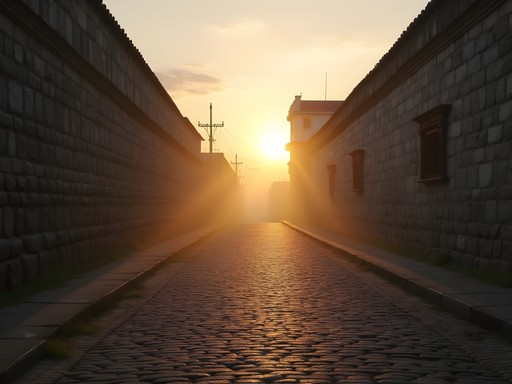
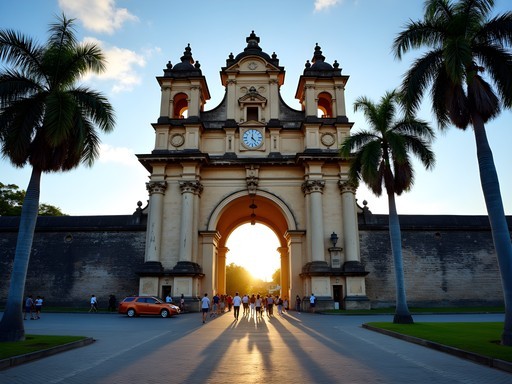
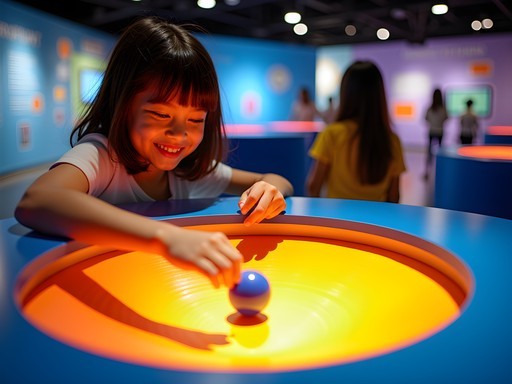

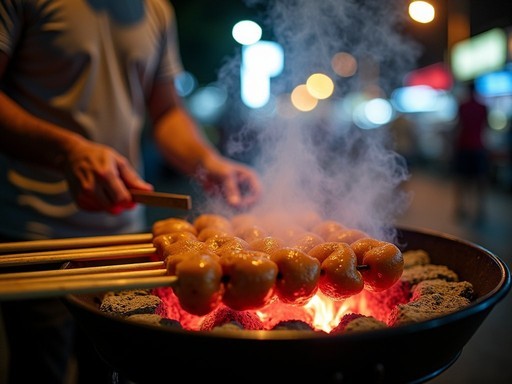



Comments
Haley Hamilton
For anyone heading to Manila soon, I highly recommend timing your visit to Quiapo during the Friday novena at the Basilica. The energy is electric and you'll see devotees from all walks of life. It's intense but incredibly moving. Also, download Grab (like Uber) before you go - it's a lifesaver for getting around when you're tired from walking all day.
first_time_asia
Thanks for the Grab tip! Is it affordable compared to taxis?
Haley Hamilton
@first_time_asia Yes, and much more reliable! You won't have to worry about negotiating prices or explaining directions.
PhilippinesFan
Those photos of Poblacion at sunset are stunning! What camera do you use?
TravelingTeacher
Love your perspective on Manila beyond the usual tourist spots! How many days would you recommend to really experience these cultural areas?
Stella Rose
I'd say minimum 3 days to explore these neighborhoods properly, but a full week would be ideal to really immerse yourself without rushing!
Haley Hamilton
Stella, your post brought back so many memories of my time in Manila last year! I spent three days exploring Binondo and the food scene there is truly incredible. The lumpia from New Po-Heng Lumpia House changed my life! And those craft workshops in Quiapo were such a hidden gem - I learned traditional weaving techniques from a family who's been doing it for generations. Did you get a chance to visit the First United Building in Escolta? The weekend market there showcases so many local artists and designers. I documented the whole experience in my travel journal which has been perfect for capturing these cultural immersions.
Stella Rose
Haley! So glad this resonated with you. Yes, I did visit the First United Building - what an amazing creative hub! And the lumpia... don't get me started, I'm still dreaming about it!
manila_lover22
@Haley which specific food stalls in Binondo would you recommend? Going next month!
Haley Hamilton
@manila_lover22 Definitely try Dong Bei Dumplings for xiaolongbao, Cafe Mezzanine for their beef wonton noodles, and don't miss the hopia at Eng Bee Tin! Just follow your nose and the crowds!
wanderwalker
Manila looks amazing! Those jeepneys are so colorful. Did you feel safe using public transport there?
Stella Rose
Absolutely! The jeepneys were not only safe but such a fun cultural experience. Just keep your belongings close like in any big city.
wanderwalker
Thanks! Adding this to my bucket list for sure.
starexplorer
Great post highlighting Manila's cultural depth! After 20+ visits to the Philippines, I've learned that Manila deserves more than just a quick stopover. The Escolta creative scene has evolved so much in recent years - I remember when it was just starting to revitalize. For those interested in the sacred traditions mentioned, try visiting Quiapo Church on a Friday when devotees come for the Black Nazarene - it's an incredible cultural experience (though very crowded). Also, the small museums in the university belt area offer intimate glimpses into Filipino history that complement the cultural experiences Stella describes. Manila's chaotic energy can be overwhelming at first, but these authentic experiences reveal the city's true character.
happyexplorer
Just came back from Manila and wish I'd read this before going! We spent too much time in malls and missed these cultural experiences. The one day we did venture into Binondo was the highlight of our trip - we joined a food tour and tried so many amazing dishes. Next time I'll definitely check out Escolta's creative scene. Thanks for showing there's so much more to Manila than the typical tourist spots!
sunnyguy
Is it safe to explore Quiapo area as a solo traveler? Any tips?
Stella Rose
Hi sunnyguy! I felt fine in Quiapo during daytime hours. Just use normal city precautions - keep valuables secure, be aware of your surroundings. The craft workshops I mentioned are in well-trafficked areas. Consider joining a small walking tour your first day to get oriented!
Claire Hawkins
Stella, your post brought back wonderful memories of our family trip to Manila last summer! My kids were absolutely mesmerized by the jeepneys - my 7-year-old son still talks about the 'rainbow buses' months later. We also took a craft workshop in Quiapo where my children learned traditional weaving techniques. The artisan was so patient with them! For families visiting Manila, I'd add that many of these cultural experiences are surprisingly kid-friendly. We carried our travel journal everywhere and my children filled it with drawings of everything from jeepneys to the street food they tried. The spiritual traditions section of your post really resonated - watching my children observe their first Quiapo Church procession was a powerful cultural learning moment.
happyexplorer
Claire, that sounds amazing with kids! Did you find it easy to navigate Manila with children? I'm planning to take my 5 and 8 year olds next year.
Claire Hawkins
@happyexplorer It was actually more manageable than we expected! We used Grab (local ride-sharing app) a lot between neighborhoods to avoid the heat. Filipinos are incredibly child-friendly - restaurant staff and shop owners went out of their way to accommodate our kids. Just bring water, hats and schedule rest breaks during the hottest part of the day!
sunnyqueen
Love that jeepney photo! So colorful! 🚌✨
Venture X
Premium card with 2X miles, $300 travel credit, Priority Pass